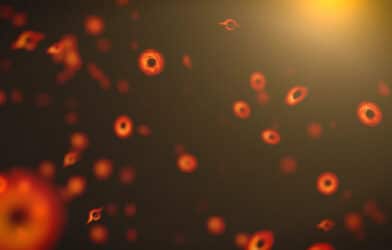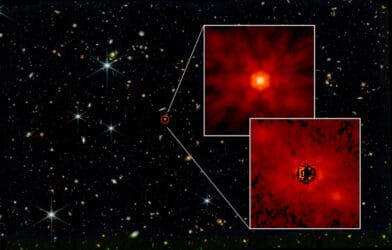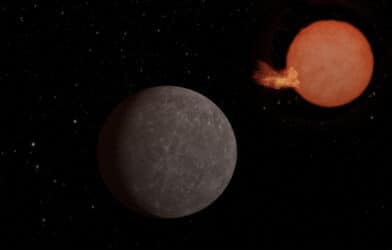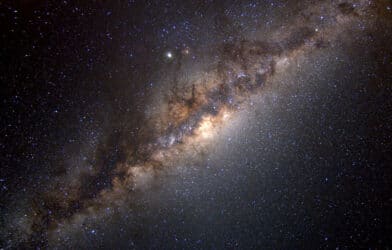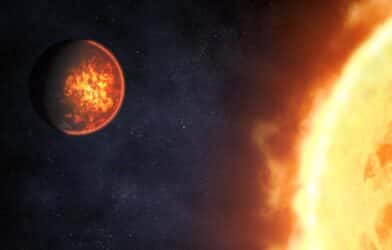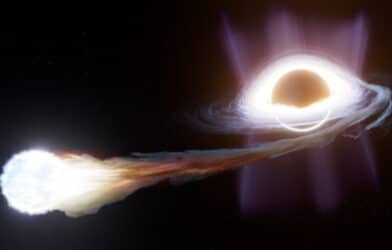A team of international scientists suggests that black holes—the elusive cosmic phenomena—might be closer to us than we’ve ever thought. According to new research, several black holes could exist in the Hyades cluster, making them the closest black holes to Earth ever discovered.
Black holes have intrigued scientists ever since they were discovered. They are areas in space where gravity is so strong that not even light can escape. More recently, the discovery of gravitational waves in 2015 has heightened interest in small black holes, especially those that are merging together. That’s because these events produce gravitational waves—ripples in the fabric of space-time—that can be detected from Earth.
What Is The Hyades Cluster?
The Hyades cluster is the closest open star cluster to our solar system, about 150 light-years away. An “open cluster” is essentially a loose group of hundreds of stars that were born around the same time and place, so they share similar ages and chemical characteristics.
To find these potential closest neighbors in cosmic terms, the team ran simulations tracking the motion and evolution of all the stars in the Hyades cluster. They compared the simulation data with real observations collected by the European Space Agency’s Gaia satellite, which can pinpoint the positions and velocities of stars with unprecedented accuracy.
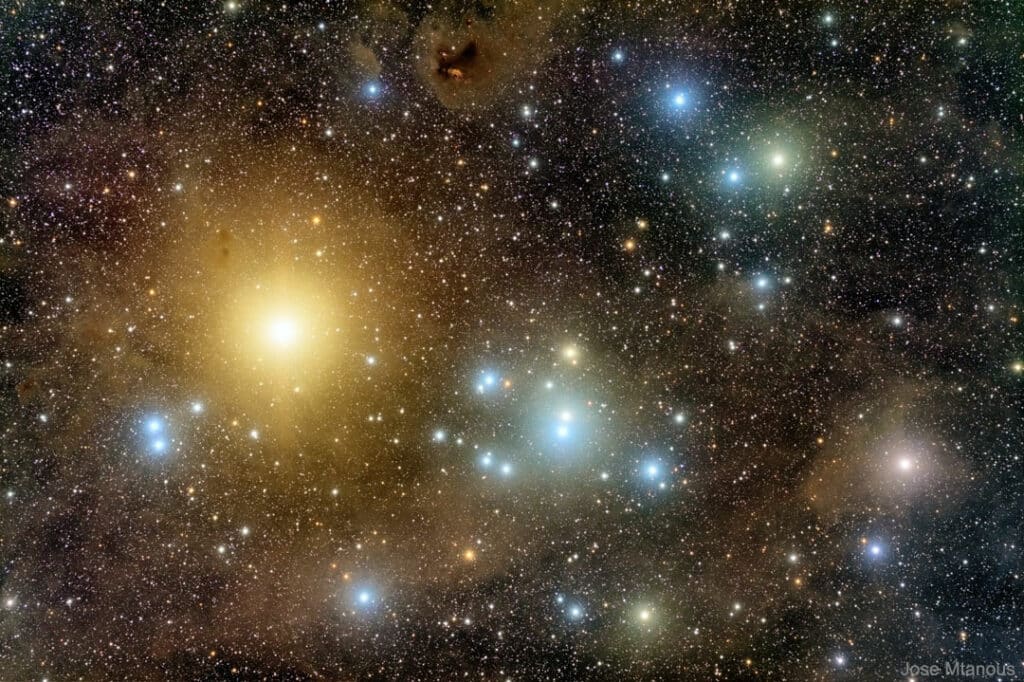
“Our simulations can only simultaneously match the mass and size of the Hyades if some black holes are present at the center of the cluster today (or until recently),” says Stefano Torniamenti, the paper’s first author, in a statement.
The team believes that to match the observed characteristics of the Hyades, simulations with two or three black holes present in the cluster make the most sense. They also acknowledged that even if these black holes were ejected from the cluster in the more recent past, their influence would still be visible.
Why This Black Hole Discovery Matters
Not only does this research make black holes more “local” to us, but it also offers insights into how black holes affect the evolution of star clusters and contribute to the sources of gravitational waves. “This observation helps us understand how the presence of black holes affects the evolution of star clusters and how star clusters in turn contribute to gravitational wave sources,” explains Mark Gieles from the University of Barcelona.
So, the next time you look up at the night sky, consider that the mysteries of black holes could be closer than you think—just 150 light-years away in the Hyades cluster.
The study is a collaborative effort between several institutions, including the University of Padova, ICUBB-IEEC, the University of Cambridge, the European Southern Observatory, and the National Sun Yat-sen University in China.
The paper is published in the journal Monthly Notices of the Royal Astronomical Society.

